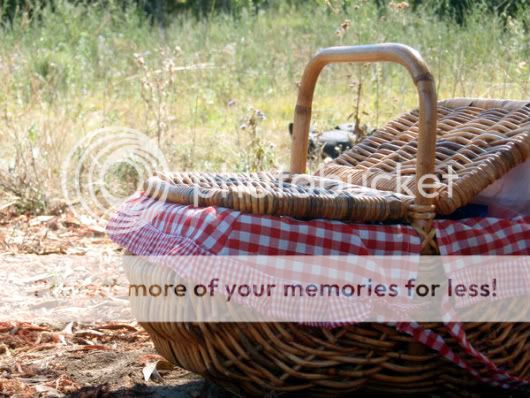Summer is in full swing and when temperatures go up appetites can go down. Taking care of our bodies (including maintaining a healthy diet) can be a challenge when balancing busy lives and competing priorities. Consider trying the following recipe for a blueberry smoothie as either breakfast or a snack. Loaded with blueberries, yogurt and flaxseeds, it makes good nutrition possible for both those who struggle with enjoying healthy foods and caregivers who are super busy (sound familiar?). Who doesn't need more fruit, omega-3s and calcium in their lives?
You may already know that blueberries are one of the healthiest foods we can consume.
Livestrong.com reports some of the advantages of this fruit include:
- Rich in Antioxidants to Strengthen and Support the Immune System
- Relieves Urinary Tract Infection Symptoms
- Source of Fiber
- Beneficial for Short-Term Memory
Fresh blueberries can be frozen to enjoy in this smoothie or you can purchase them already frozen (this is a budget-friendly way to enjoy this fruit year-round).
Blueberry Smoothie
1 c. frozen wild* blueberries
½ c. plain or vanilla yogurt
1 c. lowfat milk
2 TBS ground flaxseeds
Put all ingredients into the blender and puree. Enjoy! Makes 1 large or two small servings.
For anyone who wants to learn more about the health benefits of blueberries, check out this
link.
More on the nutritional information for flaxseeds
here.
*wild blueberries have higher levels of antioxidants in them than cultivated blueberries. You can usually find wild blueberries in the frozen section of the supermarket, but any type of frozen blueberry will work fine in this recipe.










